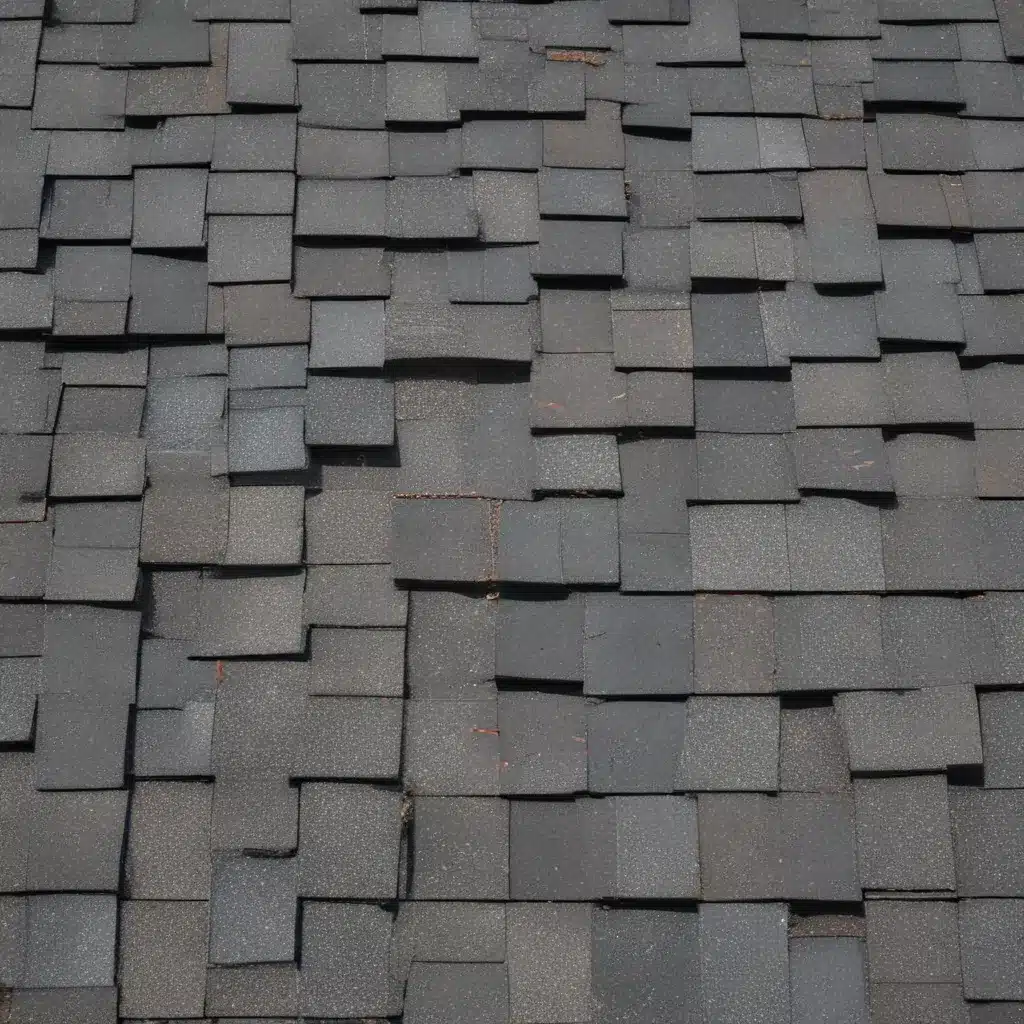
The Link Between Roofing and Indoor Environmental Quality
As a seasoned roofing professional, I understand that the roof is not just a protective layer over the building – it plays a crucial role in maintaining a healthy and comfortable indoor environment for occupants. The design, materials, and condition of a roof can have a significant impact on indoor air quality, thermal comfort, and overall occupant well-being.
Improving Indoor Air Quality Through Roofing
One of the primary ways roofing can impact indoor environmental quality is through its influence on air quality. A well-sealed and properly ventilated roof can help prevent the infiltration of outdoor pollutants, such as dust, pollen, and smog, which can negatively affect indoor air quality. By ensuring a tight building envelope, roofing can also help control moisture intrusion, which is a common contributor to mold growth – a major source of indoor air pollution and allergens.
Building envelope commissioning (BECx) is an essential process that helps optimize the performance of a building’s roof and other envelope components. BECx ensures that the roof is designed, constructed, and tested according to the project’s specifications, minimizing air, moisture, and thermal leakage. This, in turn, enhances indoor air quality by preventing the infiltration of outdoor pollutants and controlling humidity levels, which can lead to mold growth.
Maintaining Thermal Comfort through Roofing
Another critical aspect of roofing’s impact on indoor environmental quality is its influence on thermal comfort. Proper insulation and the reduction of air leakage through BECx help maintain a consistent indoor temperature, preventing uncomfortable drafts, excessive humidity, and temperature fluctuations. A stable indoor climate, free from these variations, contributes directly to a healthier and more comfortable environment for building occupants.
ASHRAE Standard 55, titled “Thermal Environmental Conditions for Human Occupancy,” provides the industry standard for maintaining thermal comfort in buildings. By ensuring the roof meets the thermal performance requirements outlined in this standard, roofing professionals can help create an indoor environment that supports occupant well-being and productivity.
Mitigating Noise Transmission through Roofing
In addition to air quality and thermal comfort, roofing can also play a role in reducing noise levels within a building. A well-commissioned building envelope, including the roof, can help mitigate the transmission of external noise, creating a quieter and more comfortable indoor environment. This is particularly important in commercial spaces, where noise can disrupt productivity and focus.
The ANSI/ASA S12.60 standard, “Acoustical Performance Criteria for Schools,” provides guidance that can be adapted to commercial buildings, helping roofing professionals and building designers achieve optimal acoustic performance.
Enhancing Occupant Well-being through Holistic Roofing Strategies
Ultimately, the impact of roofing on indoor environmental quality is part of a larger conversation around occupant health and well-being. Good design and building performance go hand-in-hand with supporting the physical, mental, and social well-being of building users.
The Roofers in Northampton team recognizes that roofing is not just about protecting the structure – it’s about creating spaces that enable people to thrive. By considering factors like air quality, thermal comfort, acoustics, and more, roofing professionals can contribute to the overall well-being of building occupants.
Incorporating Health-Enhancing Roofing Strategies
To help building owners and designers achieve their goals of creating healthy, comfortable, and productive indoor environments, the Roofers in Northampton team recommends the following strategies:
Optimize the Building Envelope through Commissioning
As mentioned earlier, building envelope commissioning (BECx) is a critical process that ensures the roof and other envelope components are designed, constructed, and tested to meet performance standards. By investing in BECx, building owners can be confident that their roof is helping to maintain optimal indoor air quality, thermal comfort, and acoustic conditions.
Specify High-Performance Roofing Materials
The selection of roofing materials can also have a significant impact on indoor environmental quality. For example, choosing roofing systems with high thermal resistance can help regulate indoor temperatures, while materials with low-emitting volatile organic compounds (VOCs) can contribute to better indoor air quality.
Implement Continuous Monitoring and Occupant Feedback
To ensure that the roofing system is performing as intended and supporting occupant well-being, it’s essential to incorporate continuous monitoring and occupant feedback mechanisms. This can include the use of indoor environmental quality (IEQ) sensors, as well as regular surveys to gauge occupant satisfaction and identify any areas for improvement.
Integrate Roofing with Holistic Building Design Strategies
Roofing should not be considered in isolation but rather as part of a holistic building design approach that prioritizes occupant health and well-being. By collaborating with architects, engineers, and other building professionals, roofing experts can help ensure that the roof is integrated seamlessly with strategies like daylighting, natural ventilation, and biophilic design, all of which can contribute to a healthier and more productive indoor environment.
Conclusion: Elevating Occupant Well-being through Roofing Excellence
As a roofing professional, I believe that our role extends far beyond simply protecting the building structure. By understanding the impact of roofing on indoor environmental quality, we can help create spaces that support the physical, mental, and social well-being of building occupants.
Through strategies like building envelope commissioning, high-performance material selection, continuous monitoring, and holistic design integration, the Roofers in Northampton team is committed to elevating the role of roofing in promoting occupant health and well-being. By collaborating with building owners, designers, and other industry stakeholders, we can collectively work towards creating built environments that empower people to thrive.

